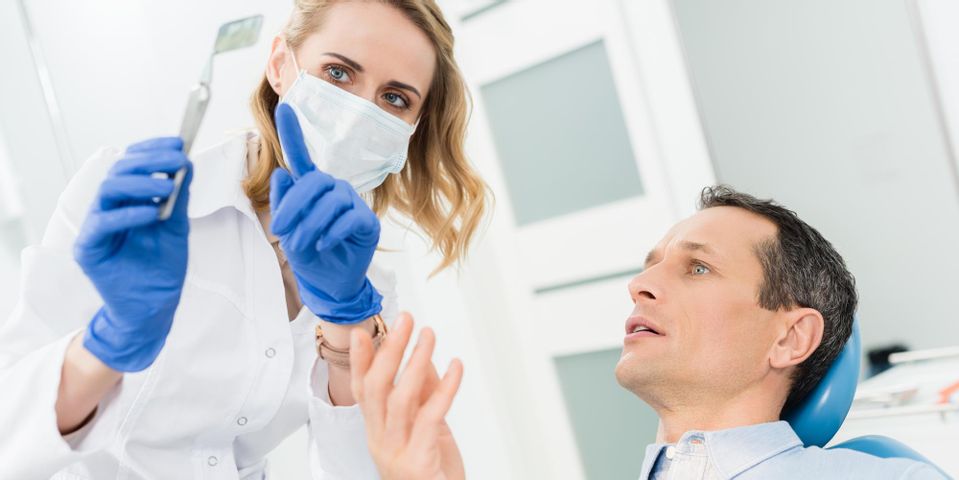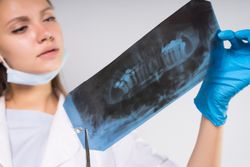
Invented by accident more than a century ago, dental x-rays are still the modern preventive dentistry standard for obtaining crucial information about the teeth and jaw. However, many patients have questions about the safety of dental x-rays and what the process will entail. The guide below explains what is involved to ease your mind.
How Are Dental X-Rays Taken?
Receiving dental x-rays is incredibly straightforward. During your preventive dentistry exams, technicians will place special bitewings in your mouth that you grip with your teeth, before placing the x-ray sensor carefully, exiting the room, and pushing a button that triggers the imaging. Dentists may also take periapical X-rays to check the roots of your teeth or panoramic X-rays to evaluate the entirety of your bite.
What Do They Look For?
 Although dental X-rays are simple, they are essential for preventive dentistry because of the long list of issues they can catch. By viewing these images, dentists can check for dental decay, bone loss, or the presence of cysts or abscesses. Additionally, they pave the way for more effective treatment planning.
Although dental X-rays are simple, they are essential for preventive dentistry because of the long list of issues they can catch. By viewing these images, dentists can check for dental decay, bone loss, or the presence of cysts or abscesses. Additionally, they pave the way for more effective treatment planning.
Are They Safe?
Although traditional dental X-rays are considered low-risk, modern digital radiology systems are capable of delivering as little as 10% of the radiation as older equipment, reducing a patient’s level of risk. In fact, they are even considered safe for small children and pregnant women, especially when compared to the hazards of living with ongoing dental issues.
If you are due for a round of dental x-rays, don’t hesitate to turn to Dr. Richard A. Brunmeier, DDS in Lancaster, NE. For more than 28 years, he and his team have been committed to offering comprehensive restorative, cosmetic, and preventive dentistry to their patients, making dental care approachable, affordable, and effective. To schedule an appointment, give their office a call at (402) 484-6644.
About the Business
Have a question? Ask the experts!
Send your question

